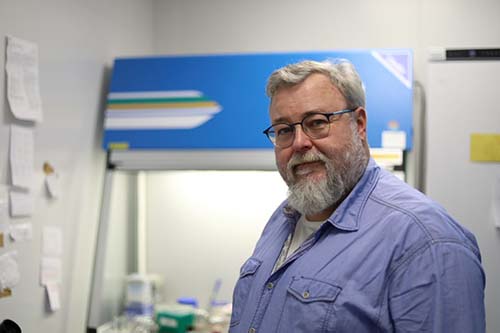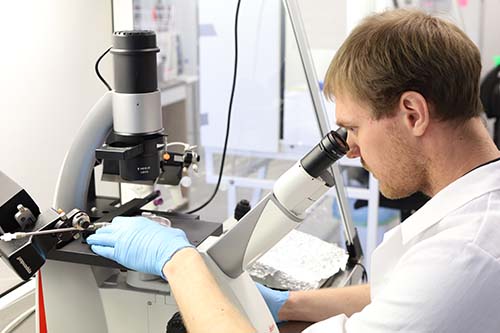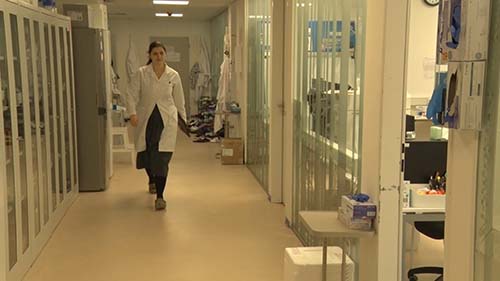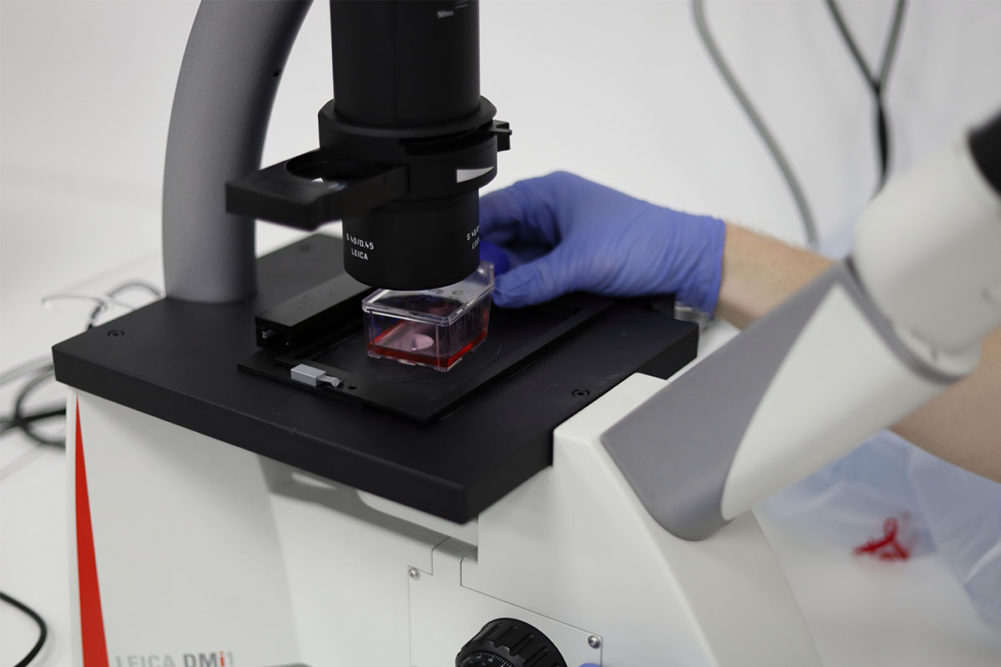KANSAS CITY, MO. and PRAGUE — With many consumers becoming increasingly concerned about their environmental impact and those of their beloved companions, more pet food companies are expanding their sustainability efforts. Whether this involves using more environmentally friendly packaging, reducing emissions or reanalyzing nutritional formulations, processors are keeping their eyes peeled for new ways to reduce their environmental footprints and appease environmentally conscious pet owners.
One of the latest methods to advance sustainability is using cultivated meat, also called cultured proteins.
Kansas City, Mo.-based CRB, a provider of sustainable engineering, architecture, construction and consulting to the food and beverage and life sciences industries, examined pet food processor attitudes toward sustainability and cultured proteins, among other topics, in its 2022 Horizons: Pet Food report. The Horizons study, conducted in November and December 2021, consists of responses to around 100 questions by 300 pet food manufacturing leaders. Respondents represented companies with annual sales between $10 million and $20 million to those with more than $500 million in annual revenue.
While respondents reported that their current sources of protein came mostly from animal muscle (20%) and animal viscera (16%), when asked if they were considering a change of protein source in the next five years, 53% reported considering a move to cultivated meat or seafood.
“True cultivated (cell-based) meat may well transform pet food production, and visionary manufacturers are wise to consider it as they develop strategies for future-proofing their product portfolio,” CRB stated in the Horizons report.
CRB also issued a Horizons report examining the alternative proteins market in 2022, and is set to issue an updated one by mid-2023. While the report did not look at cultured proteins for the pet food industry specifically, information in the report shows cultivated protein producers are examining all their options for the products they anticipate will soon come to market. When asked how long it would take to get their products to market, 26% said 3 to 5 years; 50% said 1 to 2 years; and 22% said less than 1 year.
 Roman Kříž, managing director of BMT, is hoping to leverage the company’s technology in the pet nutrition space. (Source: Bene Meat Technologies)
Roman Kříž, managing director of BMT, is hoping to leverage the company’s technology in the pet nutrition space. (Source: Bene Meat Technologies)With this anticipated influx of new cultured protein products, the question of where the products will go when they reach the market has been raised time and time again.
Prague-based startup Bene Meat Technologies (BMT), a sister company of BTL Medical Technologies, is hoping to apply its cultured meat technology to the pet nutrition industry. BMT originally began its journey in 2020, with the goal to develop and commercialize cultured proteins for use in human food applications. The company soon realized there was a large opportunity for cultivated meat in animal nutrition.
“A tasty, high-quality and visually attractive steak is the holy grail in the development of cultured meat,” shared Roman Kříž, managing director of BMT. “However, on the research journey behind this sophisticated final product, our company generated a significant amount of knowledge and products with the possibility of new uses. These products were not our original focus, but now they are becoming an equal priority. That is why we are intensively dedicated to the technology of producing raw materials for pet food.”
Currently, the global pet food industry is responsible for 25% of the total carbon footprint of animal husbandry, according to BMT. With consumers becoming increasingly aware of the impact their pets’ diets have on the environment, many are becoming interested in food formulated with cultured proteins.
According to BMT’s survey conducted in the Czech Republic, 67% of Czechs would try cultured meat and 42% are willing to buy the lab-grown proteins. This is thanks to increased communication and information on cultured meat available to consumers throughout the country. In fact, the number of Czechs who have heard of cultured meat has increased 10% from 2020 to 2022.
 To develop its cultured meat, Bene does not use FBS. (Source: Bene Meat Technologies)
To develop its cultured meat, Bene does not use FBS. (Source: Bene Meat Technologies)With consumers interested in consuming cultured proteins themselves, cultured proteins are likely to become more commonplace in pet nutrition, as human food trends continue to influence those in pet food. Nearly half of Czech pet parents are interested in feeding their furry companions cultured meat, citing ethical and environmental benefits.
According to BMT’s survey, 44% of dog and cat owners from the Czech Republic would purchase canned formulas made with cultured meat for their pets.
“The percentage of pet owners [in the BMT study] that were open to cultivated meat was staggering…I think if you went and looked at human food consumption, I think that would be very different,” said Tony Moses, Ph.D., director of product innovation and a fellow at CRB. “I think pet food owners are more open-minded about the sources of their protein, and pet owners are more concerned about sustainability as their pets become more and more part of their families.”
The consumers surveyed cited several factors for their interest in cultured meat-based pet food. Forty-eight percent cited health and safety, 36% cited higher raw material quality, 27% cited ethical benefits, and another 27% cited ecological benefits of cultured meat.
No matter the interest in cultured proteins, consumers remain ultimately concerned about the higher price associated with such innovative proteins. BMT shared that 87% of Czech dog and cat food parents would prefer cultured meat-based pet foods if the products were the same price, or cheaper, than non-cultured meat-based pet diets. Price is just one of the many challenges cultured proteins face in today’s pet food and treat industry.
“According to our findings, this industry faces a number of challenges, ranging from increasing market regulation in terms of quality requirements to fluctuating input prices to complicated supply flows and the contamination of products within the production process,” Kříž explained.
“We are focused on achieving the same production price as for standard meat,” he added. “We do not produce in order to get new investors, but to provide ethical proteins to animals and ethical meat to majority of the consumers.”
With an international team of more than 60 researchers and developers and 700 square meters (about 7,535 square feet) of office and laboratory space, BMT is focused on finetuning its cultured meat production technology without relying on raw materials from slaughtered animals and at an affordable price point.
 BMT operates a 7,535-square-foot office/laboratory space to develop and enhance its cultured meat technology. (Source: Bene Meat Technologies)
BMT operates a 7,535-square-foot office/laboratory space to develop and enhance its cultured meat technology. (Source: Bene Meat Technologies)Traditionally, cultured proteins are developed using Fetal Bovine Serum (FBS), which is derived from blood from a bovine fetus at a slaughterhouse. BMT’s technology is doing away with this traditional method, which can be extremely expensive and lacks scalability, according to the company. Instead, BMT relies on a patent-pending process, using bioreactors, that offers controlled quality and ethical benefits.
Over the past three years, the company has researched and developed its technology, establishing itself as the first startup working on the development of cultured meat in Central and Eastern Europe, according to BMT.
The company is currently awaiting regulatory approval of its technology within the European Union, the United States and Singapore. Meanwhile, BMT is seeking to partner with pet food manufacturers to provide them with the technology to create more sustainable raw protein materials. The technology can be applied to dry, wet and semi-moist pet food formulas, as well as treats and other animal nutrition products.
“We want to offer pet food producers a technology that allows them to produce the key components of the final feed in a bioreactor, economically, efficiently and humanely, with constant quality and without the need to rely on suppliers,” Kříž said.
As BMT continues to advance toward its goal, the company is planning to add an additional 550 square meters (5,920 square feet) of biological and microbiological laboratory space, and is also looking for a facility to further upscale, according to Kříž.
“We believe that our product, in the form of a completely scalable technology, will meet all of the needs of feed producers — we will deliver an economical and reliable technology for the production of animal feed input material that will meet the highest demands for environmental protection, humaneness, and nutritional values,” Kříž shared. “All of this together, along with the know-how of feed producers, will lead to an expansion of the range for animal lovers, and a solution to their current production problems.”
Keep up with the latest pet food trends on our Trends page.



